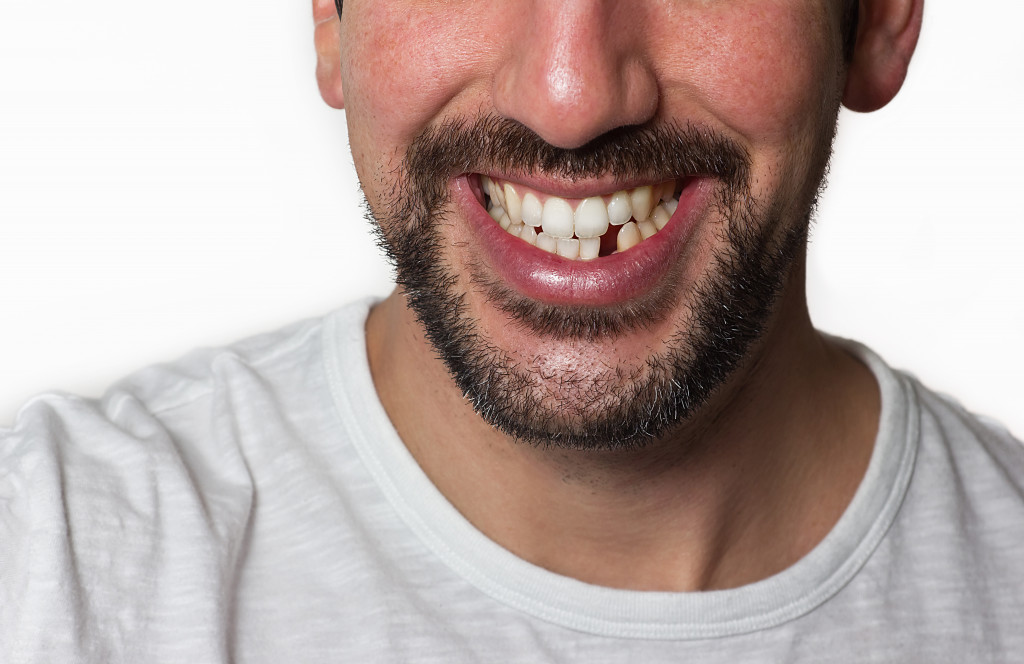As much as people want to stay safe at all times, life is unpredictable. Bad things happen, and in the worst cases, people get severely hurt and find themselves in life-threatening situations. Serious injuries require immediate medical attention. If they’re not treated as soon as possible, a person can suffer from long-term damage.
Facial trauma is one of the cases that should be taken seriously to prevent any major complications. Since this type of injury involves the face, mouth, and jaw, a person can experience difficulty in breathing, eating, and speaking. They can even suffer from vision problems depending on the area that’s been damaged.
There are different situations where people can sustain a facial injury. While there’s no way to know when precisely someone will get injured, what you can do is to be more aware of its common causes. This way, you can take preventive measures to protect yourself during particular circumstances.
Causes of Facial Trauma
-
Car accidents
The intense impact of a car crash can cause great damage to a person’s body. Drivers can experience facial trauma caused by hitting their head on the steering wheel or getting struck by an airbag. They can also get hurt because of flying debris like broken glass.
-
Contact sports
Sports like boxing, basketball, and ice hockey require players to have physical contact with each other. Boxing players, in particular, have to throw powerful punches at their opponent to win. A blow to the face can cause lacerations, bone fractures, and contusions.
-
Slip and fall accidents
Slip and fall accidents can happen anytime, anywhere. The most common cause of this type of accident is due to wet and uneven surfaces. When someone falls to the ground, they might sustain a concussion, broken teeth, or a fractured nose, depending on how strong the impact is.
-
Workplace accidents
Some people work in a hazardous work environment. For example, construction workers are always at risk when they operate heavy machinery, load and unload materials, and do a lot of other tasks to complete a project. In some cases, they get injured by falling objects or due to slippery floors.

Types of Facial Fractures
-
Broken nose
Based on research, the most common type of facial fracture is a nasal bone fracture. It only takes less force to damage nasal bones because they are thin. Nosebleeds, swelling, and bruising are some symptoms of this injury.
-
Fractured jaw
When someone has a fractured jaw, they may notice some swelling around the area. They may also find it very difficult to open and close their mouths. Jaw surgery is required when the jawbone has multiple fractures. Surgeons will use wires, medical plates, screws, and rubber bands to secure the bones in this procedure.
-
Cheekbone fractures
Some signs of a broken cheekbone include bruising and swelling in the affected area, numbness and tingling sensation on the cheek, and restricted eye movement. Surgery for this kind of injury depends on whether it has caused functional or cosmetic problems.
-
Orbital fractures
Orbital fractures refer to broken bones surrounding the eye and usually affect the lower portion of the eye socket because the bone is thinner. Someone with an orbital fracture may experience blurred vision, double vision, facial numbness, or nausea. They may also have bruises around their eyes.
Who treats facial fractures?
The experts in handling multiple types of facial fractures are called oral and maxillofacial surgeons. They are qualified to conduct procedures like reconstructive surgery, dental implants, and facial cosmetic surgery. They are also skilled in providing other types of treatments for injuries that affect a person’s face.
Facial Trauma Recovery: What to Do at Home
After someone undergoes facial trauma repair, they may experience swelling and bruising. The swelling usually goes down after seven days, while the bruises fade after ten to 14 days. Recovery differs from one person to another. Some heal faster, while others take more time. If you want to get better as quickly as possible, you should learn to take care of yourself at home after surgery.
Here are some steps that you should follow:
- Get plenty of rest. Don’t do any activity that might hurt your face.
- At first, it may be difficult for you to eat. Follow a soft food diet, and use a straw for your drinks.
- Take medicine as prescribed by your doctor.
- If you have cuts on your face, use warm, soapy water to clean the area.
- Use an ice pack to relieve pain and reduce swelling. Take note that you shouldn’t apply a cold compress for more than 20 minutes at a time to prevent ice burns.
- To make a full recovery, don’t miss any of your follow-up appointments.
Sustaining a severe facial injury doesn’t only cause physical damage; it also has psychological effects. Body image issues may occur because of scars and other cosmetic defects. If you feel anxious or depressed, consult an expert immediately. Keep in mind that you should always prioritize your overall well-being.

